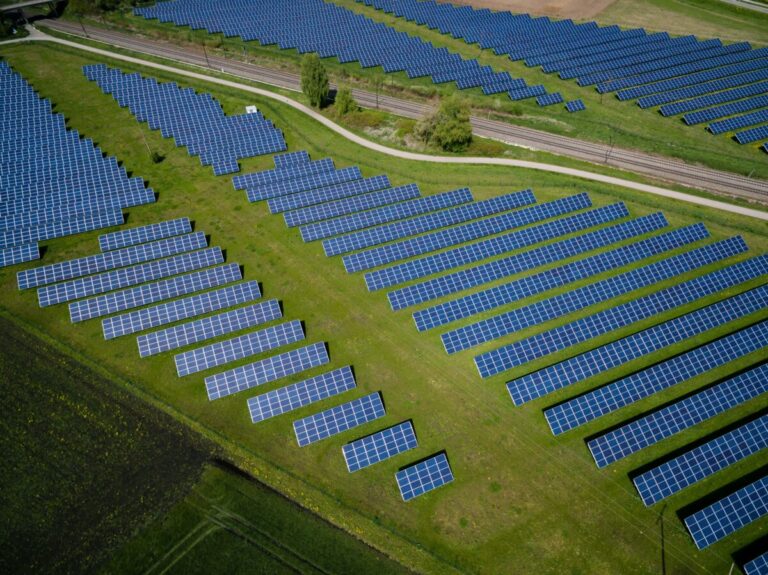Envis has launched its 24/7 PPA platform to speed up the acceptance of 24-7 Power Purchase Agreements (PPA), which correspond to every hour of electricity consumption with carbon-free generation. The initiative models five PPA alternatives against a baseload -benchmark.
German Energy Advice Agency Enervis has launched its 24/7 PPA platform. It has described the initiative as’ a future-oriented market development project that is designed to accelerate the acceptance of 24-7 ppas.
The concept is designed to ensure that the carbon -free generation matches every hour of electricity consumption. The initiative modeled five innovative 24-7 PPA alternatives-PPA, PPA battery, hydrogen PPA, Biomassa PPA and Run-of-River PPA for a Baseload PPA benchmark that clays 100% of the annual question.
The model focuses on net costs, electricity volumes that exceed the demand and CO2 emissions about a horizon of 10 years (2025-35) in Germany. While the pooled PPA and Baseload PPA are exclusively dependent on solar, onshore wind and offshore wind to meet the demand, the other options contain flexibility solutions.
- The Baseload PPA reaches 73% time of the day of the day and 60% CO₂ reduction compared to grid electricity, with a cost premium of 8%.
- The pooled PPA is the most cost -effective for a maximum of 90% adjustment to the day, but surplus volumes are increasing with higher adaptation levels.
- Flexibility options are crucial to achieve 100% adjustment and at the same time limit surpluses. Although biomass and ordinary plants are relatively cost-effective, H₂ plants and battery systems remain expensive alternatives.
Envis said that there are no ideal alternatives for all buyers, because each presents its own benefits and challenges. Baseload PPAs, Continuous Supply PPAs and Biomass PPAs, for example, offer low costs and excess volumes, but miss time granularity (baseload), addition (continuous offer) or can cause sustainability problems (biomass).
Battery PPAs, on the other hand, are limited by unclear regulations, have high costs and offer low -excess volumes. Finally, green hydrogen PPAs are currently not viable due to the lack of scalable green hydrogen production and high costs.
The Platform developed standardized contractual frameworks for two important 24-7 PPA alternatives: a pooled PPA, which is exclusively dependent on renewable energy sources and a passable PPA, which integrates flexibility options.
The pooled PPAs include power -growing production agreements between the renewable operators and the arrangers, and power -growing Baseload agreements between the arrangers and the offtakers.
Both agreements use a fixed price of euro per MWh. In the PPA agreement, the flexible operator “as planned” supplies, so that the operator can designate the supply of energy and manage deviations between renewable generation and demand. In addition, the buyer pays a capacity price in euros per MWh to take into account the flexibility provided.
To speed up the approval of 24-7 ppa, ENVIS has proposed important policy changes. It calls for government stimuli to stimulate investments in advanced technologies and clearer battery storage regulations. The consultancy also requires the development of a standardized method to calculate the share of renewable energy sources.
Envis called for the introduction of detailed, time -stamped provisions throughout Europe, supported by a harmonized and automated system. It said that the government guarantees for polar operators in green energy contracts could improve bankability. It also said that intermediaries between green hydrogen suppliers and producers could reduce surplus risks. Finally, it has proposed to add a 24-7 ppa option to the CO2-offset framework of Germany.
It added that achieving full compliance with all 24-7 PPA principles and 100% of time-to-time adequacy within an acceptable cost and risk frame is currently a challenge that can be achieved in the medium to long term.
“Operators of data centers and green hydrogen producers are ready to lead the acceptance of 24-7 PPAs, powered by low-carbon objectives and legal requirements,” said the consultancy. “Together these sectors can be good in the EU in 2030 to 650 TWH, 20% of the total electricity consumption.”
This content is protected by copyright and may not be reused. If you want to work with us and reuse part of our content, please contact: editors@pv-magazine.com.


